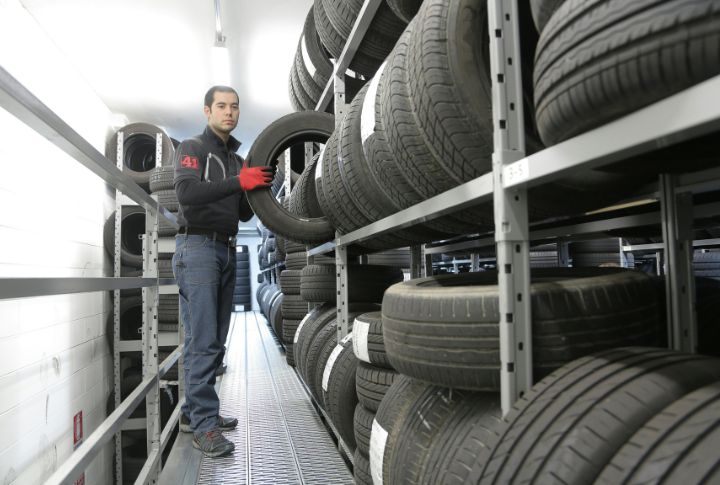
Shopping locally sounds great until you notice your wallet feels a little lighter. American manufacturing, in the guise of patriotism, is a web of multiple variants that influence prices. Here’s a casual look at ten everyday things that remind us why ‘Made in USA’ can mean more than just a label.
White T-Shirts

A basic white tee sounds simple—until it’s made in Los Angeles, where minimum wages hit $17.87 an hour. That’s one reason a U.S.-sewn tee can cost $15–30, while an imported one might cost $8–12, according to Gov Docs. Add local cotton gins and non-sweatshop policies; suddenly, your undershirt has overhead.
Ballpoint Pens

Back in the 1940s, BIC made pens cheap and global. Producing one in the U.S.? You’re looking at least 10 times higher costs on average. Domestic factories use CNC-machined parts and meet OSHA rules on plastics and solvents. Thus, it becomes more than mass-market; it’s micrometer-precision in a country that doesn’t subsidize disposability.
Ceramic Mugs

Clay isn’t the pricey part. Firing it in U.S. kilns that meet EPA air quality rules is. A mug handcrafted in Ohio or Oregon can cost 2 to 3 times more than an import. Utilities, labor, and artisan time all add up. American-made mugs often use lead-free glazes to meet FDA safety standards, which significantly increases material costs.
Leather Belts

Vegetable tanning in the U.S. takes weeks. In contrast, overseas chrome tanning can be done in a day. Locally made leather belts cost 40–60% more on average, especially when the hides come from small Midwest tanneries. Hand tools used to fit brass buckles and the old-world stitching don’t speed things up, nor do they make it cheap, and that’s the point.
Headphones

Drop into a pair made in Brooklyn’s Grado Labs, and you’ll hear the value of the price you paid. American-made headphones can be 30–50% pricier because they use U.S.-wound voice coils and wood casings with real humans running acoustic tests. No anonymous assembly lines. Just legacy builds and regulated solder fumes.
Medical Devices

FDA oversight isn’t a suggestion you can ignore, as it’s a billion-dollar system. Devices like glucose meters and defibrillators manufactured in Minnesota or Massachusetts can cost 20–40% more due to the need for clinical validation and ISO certifications. You’re buying hardware while paying for layers of safety nets stitched by regulation.
Bicycles

Frame welding in Detroit or Portland includes TIG welders who use American chromoly steel and high-visibility compliance gear. It’s about bike culture and liability insurance. While an imported cycle can run around $300, an American equivalent might hit $1,000. Handmade frames cannot be rushed. They ride smoothly and are expensive.
Tires

Natural rubber is not commercially grown on American soil. Goodyear sources synthetic rubber domestically or imports natural rubber. However, domestic tires are priced 15–30% higher due to DOT testing and higher energy rates at local curing facilities. Imported tire manufacturers may face fewer regulations, reducing costs.
Refrigerators

Energy Star standards and union line workers ensuring safety testing under UL labs turn a $700 imported fridge into a $1,200 American-built one. Manufacturing in states like Kentucky or Wisconsin doesn’t allow shortcuts. Every bolt is traceable, and warranty claims are handled locally. You pay more, but you also know who to call.
Solar Panels

Arizona-based First Solar and California’s SunPower compete in a market flooded with cheaper Chinese panels. Domestic production adds 25–45% to the cost because of stricter environmental laws and capital poured into R&D. Panels here reflect national priorities and federal oversight.
